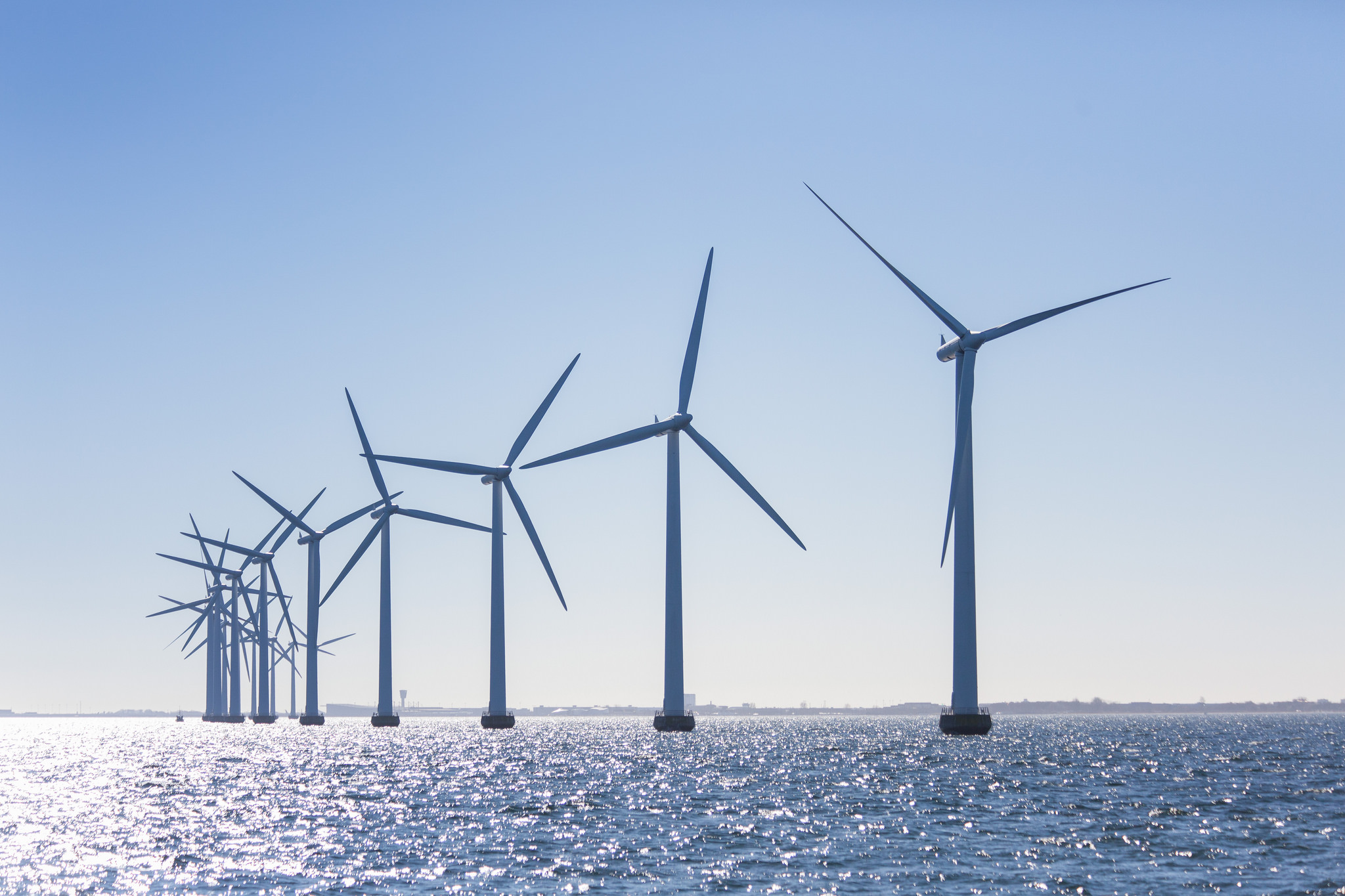
Energy choices for the climate
As we seek to reduce climate emissions even faster than before we are in serious danger of taking the wrong road.
Last week’s vote on the Climate Bill saw a welcome increase in Scotland’s short-term target from a 70% reduction in emissions to a 75% reduction by 2030, along with the goal of being net-zero emissions by 2045. This was a huge success for the 40,000 people in Scotland who marched and rallied on the streets the Friday before, part of approaching 7 million around the world who have demonstrated for more action on climate change in the last two weeks.
Now that we have agreed the new targets the Climate Change Plan – the document which lays out the policies we need to meet those targets – will be thoroughly revised by the spring of next year. In parallel the Scottish Government will revise its Energy Strategy.
100% Renewable Electricity Target
We have a target of 100% of the electricity we use in Scotland to come from renewables by 2020. We won’t make it, mostly because of the UK Government’s total lack of enthusiasm for renewable energy, but we’ll get close, with the figure at 74% last year. This is a very impressive transition from about 10% at the turn of the century, and no coal and only a relatively small amount of gas is now burnt to make electricity here.
So that’s alright then surely, we’re closing in on 100% renewable electricity? Sadly there is much more to do because, while making our electricity virtually carbon free is absolutely essential, electricity only accounts for about a quarter of the energy we use in Scotland. Another quarter is the petrol and diesel we burn in transport and half is in fossil fuel use in heating, from giving you hot water at home to running big boilers in industry. Scotland has a target for 50% of all energy used here to come from renewable by 2030 – good but we’d like it to be more ambitious.
In revising the Energy Strategy, the danger is that the government will continue to back two horses. The first Energy Strategy was published at the end of 2017 and has two options – a high electricity option and a high hydrogen option. Government’s like to hedge their bets so they don’t end up backing a loser, but that’s exactly where we might be heading with hydrogen.
Why Hydrogen isn’t the answer
There are some case where it might be very sensible to use hydrogen as a fuel, as long as you make it by using renewable electricity to split water. On islands with lots of wind turbines you might use spare electricity to make hydrogen to power the island’s ferry. If you have surplus renewable electricity during the summer it might make sense to make hydrogen which can be turned back into electricity in the winter, when energy demand is higher.
What doesn’t make sense is imagining that we will be using hydrogen on a wide scale for transport or heating people’s homes, and yet, at least on transport, the Scottish Government describes hydrogen as ‘key to our ambitions.’
The ‘cheap’ way to make hydrogen is from gas. No wonder the oil industry are so enthusiastic about hydrogen.
For a while there was a school of thought that electric vehicles were never going to be up to the job and petrol and diesel would need to be replaced with hydrogen. Then people thought we would need hydrogen for just the bigger vehicles.
There are electric buses on the streets of three of our cities and there are hydrogen buses in (surprise, surprise) Aberdeen. There are electric double deckers on the streets of London today, but hydrogen double deckers ordered for Aberdeen may never appear because the bus maker has gone bust. In the Chinese city of Shenzhen all the buses are electric and so are the 21,000 taxis.
Glasgow has just opted for hydrogen bin lorries but there are already electric bin lorries in London and Sheffield.
Next year Elon Musk will sell you an HGV that can carry a 36 tonne load for 500 miles before it needs a charge, which only takes 30 minutes.
Going for hydrogen in a big way would require massive investment in new infrastructure, require carbon capture and storage to become economically viable and always carries with it the risk that hydrogen is much more likely to explode than natural gas. The government’s advisors say hydrogen could not be in wide-scale use until some time in the 2030s.
Why would anyone back hydrogen when electricity is winning the race hands down? Only because it throws a lifeline to the oil industry. Come on government, we can only afford to back one horse, let’s make sure it is the electric one.
Dr Richard Dixon is Director of Friends of the Earth Scotland. A version of this article appeared in The Scotsman on Tuesday 1st October.
